Language-rich environments are critical to the development of language and literacy skills for all students, including those with complex support needs. In today’s post, we’ll take a look at how naturally occurring environmental print can be a great source of language and literacy instruction for students in an inclusive classroom.
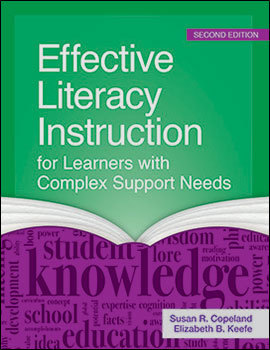 Excerpted and adapted from Effective Literacy Instruction for Learners with Complex Support Needs, Second Edition, edited by Susan R. Copeland & Elizabeth B. Keefe, these tips will help any teacher use environmental print to increase access to literacy for students in Grades K–12.
Excerpted and adapted from Effective Literacy Instruction for Learners with Complex Support Needs, Second Edition, edited by Susan R. Copeland & Elizabeth B. Keefe, these tips will help any teacher use environmental print to increase access to literacy for students in Grades K–12.
***
Environmental print consists of high-frequency print found in the home and community environments, such as common signs (stop, exit, in, out), business signs (Kmart, Wendy’s, Car Wash), and product packaging (Coke, Pepsi, Fruit Loops, Starburst). It has many advantages: it’s readily available, cheap, highly motivating, and age appropriate. Because environmental print naturally builds on students’ prior knowledge about the world around them and their ability to associate symbols consistently with an object, it can be used to develop skills in all areas of literacy:
Oral language. Preschool and elementary school students can “show and tell” their favorite food, drink, and toy. Middle school students can use environmental print from magazines, newspaper, websites, and other media to support a discussion of what they would buy if they won the lottery. High school students can use similar media to talk about a current political or sporting event, such as an election.
Letter recognition. Students can use environmental print to make books or posters showing objects that begin with target letters, or to compose acrostic poems using the letters of their name.
Phonemic awareness/phonics. Environmental print could be used to enhance a word wall to help elementary students identify the initial, medial, and final sounds in a word and/or the letters in these positions. Cards using environmental print could support students in learning word families (e.g., man, can, plan). Your students might also demonstrate their phonics knowledge by sorting words in environmental print items by the words’ initial, medial, and final sounds. Environmental print cards can act as signal words to help students remember sound–symbol relationships (e.g., Cheerios for the digraph /ch/).
Vocabulary. One way to use environmental print to support vocabulary development is to have your students classify and sort environmental print words and pictures—for instance, words or pictures representing foods that need to be refrigerated and those that do not, clothing items for different seasons, or different emotions.
Fluency. A fun way to work on fluency using environmental print is to have a “readers theater” focused on presenting advertisements in magazines or other media. Another is repeated reading of favorite magazine articles or comics. You can also conduct read-alouds in your classroom using newspapers, magazines, or other media. Note that fluency also includes fluent silent reading, which students can practice using environmental print media such as magazines.
Comprehension. Students can complete sentences by choosing environmental print words (“On my birthday, I like to eat [cake, ice cream, elephant, iPad]”) so that the sentence makes sense—or create new sentences this way. Other ways you might incorporate environmental print are to sort items named in environmental print into categories (e.g., alive and not alive), or compare and contrast advertisements for competing brands of items such as cars, phones, or mascara.
Writing. Students can create stories or poems using environmental print as a writing prompt, or they can use environmental print as inspiration to create their own teen magazine or write a commercial for an item such as a car, phone, or restaurant. They might also like to create MadLibs-style compositions with blanks to complete using environmental print words.
The tips in today’s post are a good starting point for using environmental print to strengthen the literacy skills of all students, including those with complex support needs. Check out the book behind this blog post for more guidance on preparing all learners for successful communication, employment, and community life.
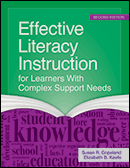
Effective Literacy Instruction for Learners with Complex Support Needs, Second Edition
Edited by Susan R. Copeland, Ph.D., BCBA D, & Elizabeth B. Keefe, Ph.D.
What are today’s best methods for teaching literacy skills to students with complex support needs—including autism, intellectual disability, and multiple disabilities? This guidebook has up-to-date, evidence-based answers. You’ll discover current recommended practices on critical topics, including how to build vocabulary, enhance fluency, address cultural and linguistic diversity, and use academic standards when designing instruction. You’ll also get the guidance you need to put theory into practice: powerful lesson planning strategies, practical examples, and case studies.
Stay up to date on the latest posts, news, strategies, and more!
Sign up for one of our FREE newslettersTopics
More posts like this
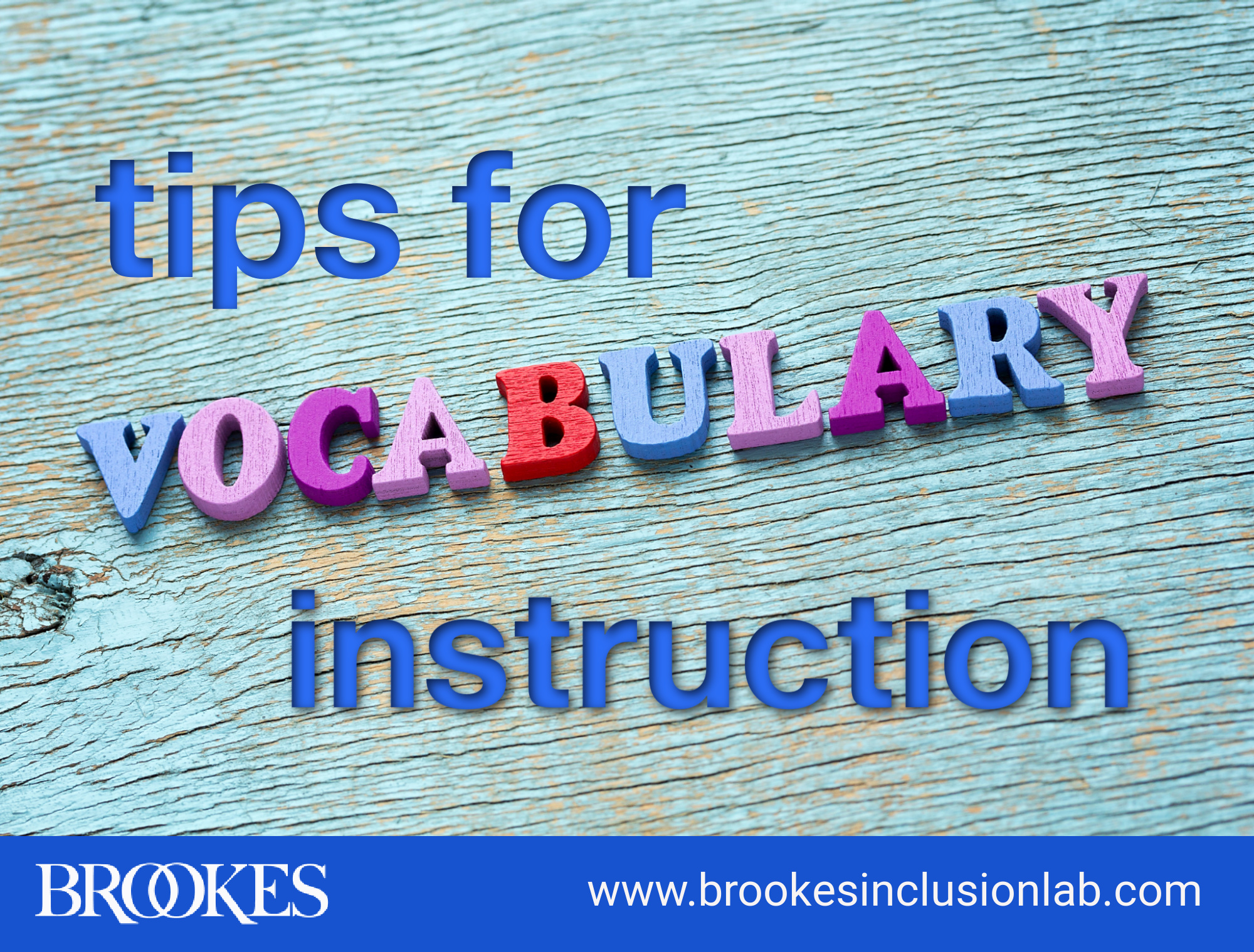
Vocabulary Instruction Tips for Students With and Without Disabilities
February 9, 2021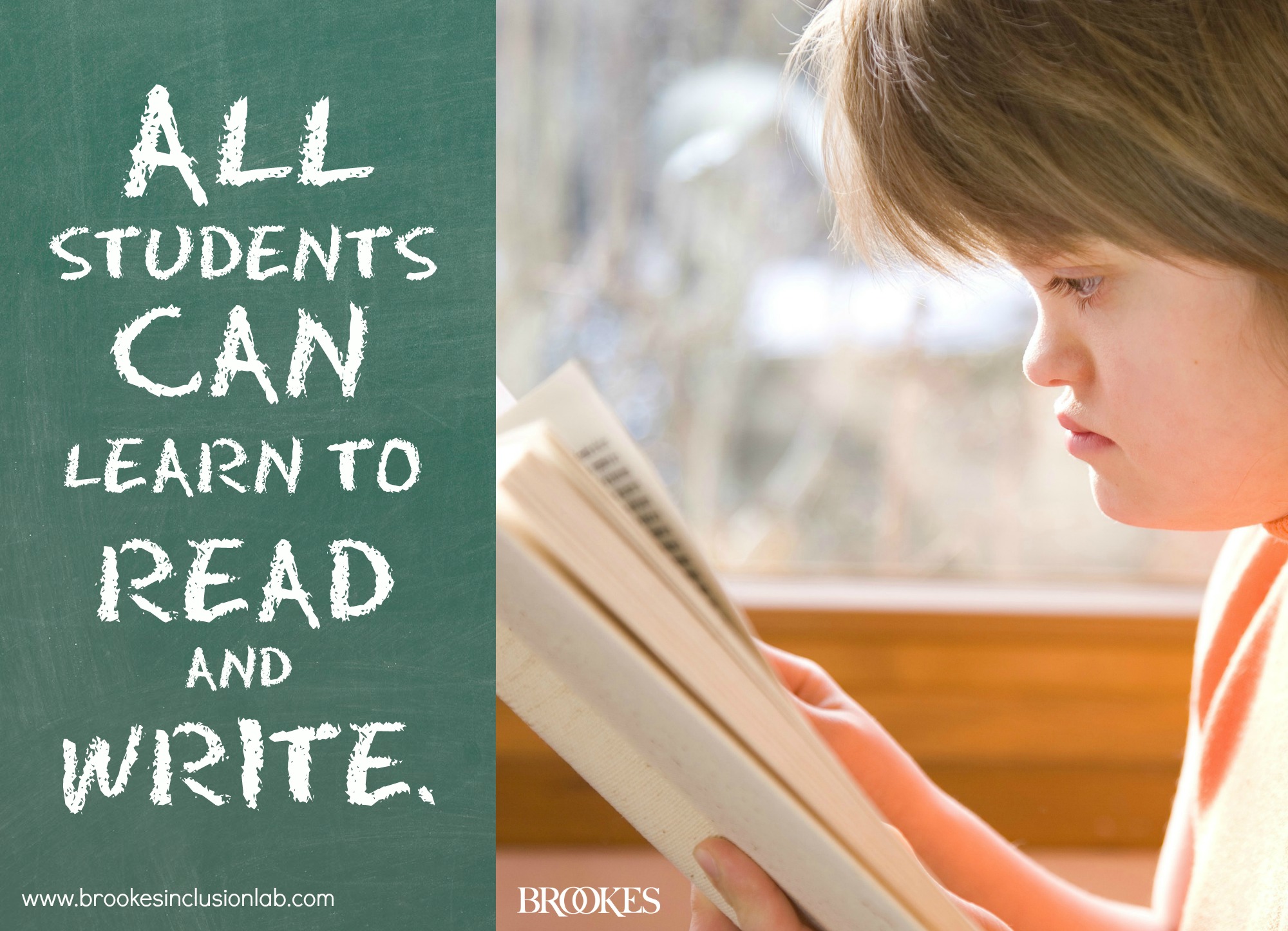
10 Musts for Teaching Literacy Skills to Students with Significant Disabilities
February 4, 2020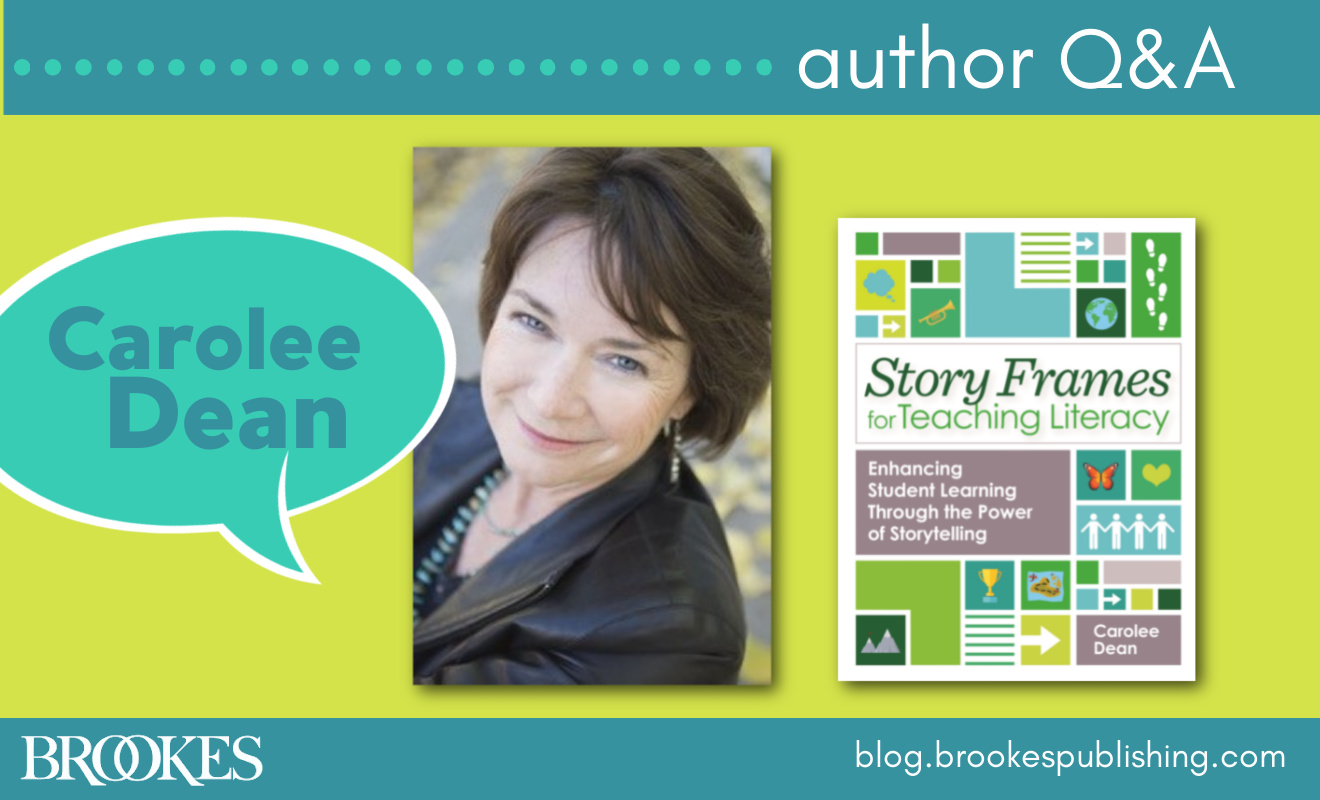

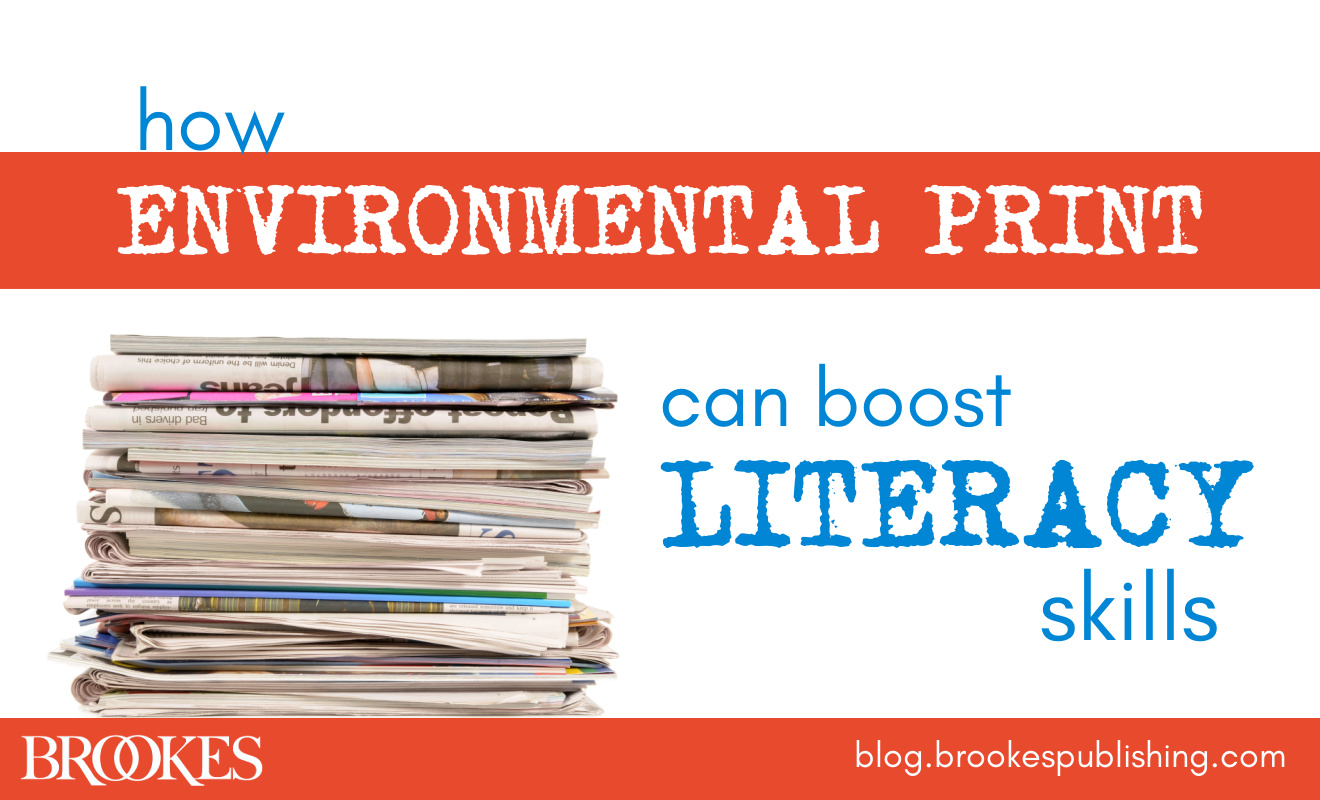
Write a Comment
Your email address will not be published. Required fields are marked *
Post a Comment